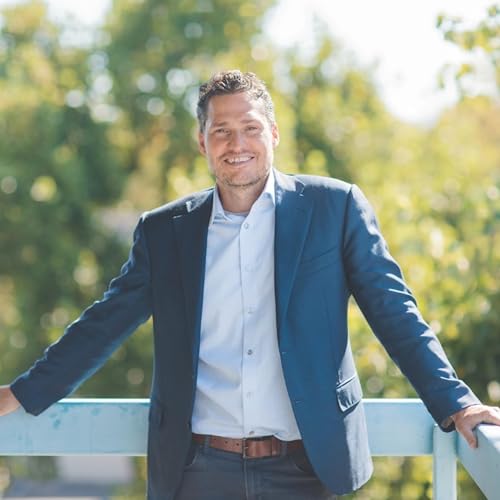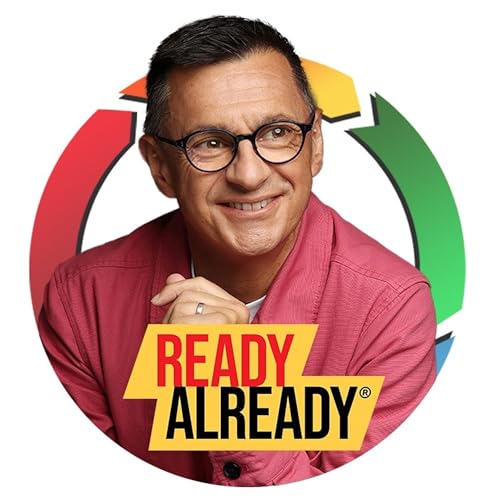"Transformation isn’t about control, its about letting go… teams that breathe together thrive together"
Anthony and I explore the power of stillness and breathing into the present moment.
The constant pressure to keep going and keep busy means we never find (the time to find) calm and we ignore the innate wisdom in our body. Bringing inner work to the outside world means being enough and understanding this.
How can cultivating inner calm help us to navigate uncertainty and ground ourselves and our teams in purpose, presence and ultimately allow us all to perform to the best of our abilities ?
How can we recognise the frame we live in and consciously build emotional resilience for the greater good in our teams, our organisations and our lives ?
Leadership is about becoming aware of our inherent value and the impact we have, fostering a culture of care and connection through practices like conscious breathing.
Anthony shares his richinsights from his personal journey and from accompanying leaders all over the globe on their journeys to transformation and serenity.
The main insights you'll get from this episode are :
- Raising consciousness means appreciating how much power we have as human beings; being small is often easier but means we don’t understand the bigger frame of life.
- Breathing is the very first thing we do naturally, yet conscious breathwork is difficult - the significance of breath becomes ‘normal’ but there is so much to it physiologically, metaphysically and spiritually.
- The first breath of life is the only time we haven’t been hurt and we are filled with wonder and curiosity; the last breath of life is about letting go of everything, and we can be curious about that surrender.
- We only ever pay attention when we lose our breath, but emotional resilience and intelligence are about being able to take a breath when we don’t want to - we lose our choices and processing power when we don’t breathe properly.
- We tend to suppress trauma and panic and resort to fight, flight or freeze, which are not thinking processes; we can practise different types of breath for different states, e.g. anxiety, anger, etc., to have them at our disposal when necessary.
- The fourth choice after fight, flight or freeze is breathe: we lose our breath due to abuse or trauma but it lives on in our body. We can create space by breathing and (re)connecting with our inner child to find boundlessness and freedom.
- The BRIDGE technique is a way of saving the inner child without returning to the trauma, i.e. to repair our own wounds and become the agent of our own healing:
B = Breathe, R = Recognise, I = Investigate, D = Dialogue, G = Gather, E = Exercise.
- All learning, including the somatic, is operationalised through discipline and consistency to leave the familiar and move forward - transformation isn’t about control, it’s about surrendering and being the architect of your own soul.
- The moment we remove the masks we wear and become present is tender, private and individual; we need our will to breathe in and surrender to breathe out, and whilst we do it all the time, we live in a world where wilfulness prevails.
- Being embedded in corporate life comes at enormous personal cost (burnout is increasing, immunity is decreasing), which leads to a lack of resilience; we associate surrender with weakness and only surrender as a very last resort.
- The constant pressure to keep going means we never find (the time to find) calm and we...
 32 分
32 分 39 分
39 分 41 分
41 分 2025/09/1535 分
2025/09/1535 分 44 分
44 分 55 分
55 分 50 分
50 分 33 分
33 分
